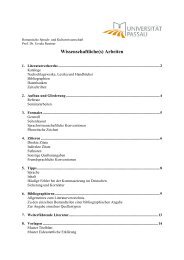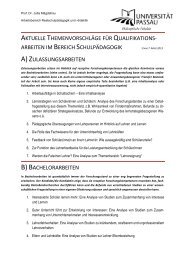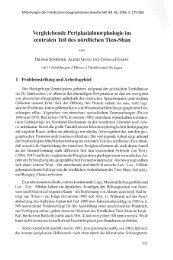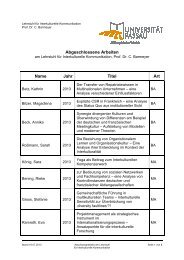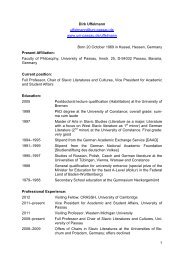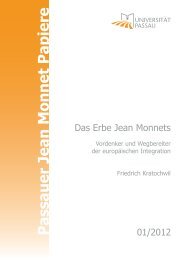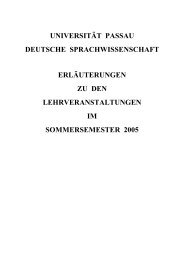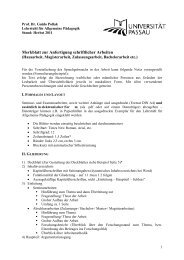The attempt to adopt a mixed-member proportional election system ...
The attempt to adopt a mixed-member proportional election system ...
The attempt to adopt a mixed-member proportional election system ...
Create successful ePaper yourself
Turn your PDF publications into a flip-book with our unique Google optimized e-Paper software.
36<br />
switch <strong>to</strong> MMP in the following one. Jaran seemed <strong>to</strong> think in a similar direction saying<br />
that the 320 <strong>to</strong> 80 formula was “our first step” (kao raek). It was not a party list<br />
like in 1997, but “a <strong>proportional</strong> model,” the details of which still needed <strong>to</strong> be debated.<br />
Can we write the 200 <strong>to</strong> 200 formula in the transi<strong>to</strong>ry provisions? We can<br />
write in the transi<strong>to</strong>ry provisions that after having used this model for five<br />
years already, the proportion will be changed from 320 <strong>to</strong> 80 <strong>to</strong> 200 <strong>to</strong><br />
200. If the CDA does not want this, they can delete this transi<strong>to</strong>ry provision.<br />
(CDC 39:89)<br />
Jaran saw this procedure as implying a move <strong>to</strong> the “complete” (temrup) 200 <strong>to</strong> 200<br />
model at that later point. He seemed <strong>to</strong> look at the 320 <strong>to</strong> 80 model as a diminished<br />
MMP formula, the complete form of which would be 200 <strong>to</strong> 200 (or 250 <strong>to</strong> 250). In<br />
fact, however, and certainly <strong>to</strong> the majority in the meeting, the 320 <strong>to</strong> 80 formula had<br />
precisely the meaning that Jaran rejected—a modified 1997-style party list model.<br />
Thus, Somkhit Lertpaithoon, in his capacity as the CDC secretary, bluntly countered,<br />
“I understand that the majority does not want 200 <strong>to</strong> 200, neither in the main text nor<br />
in the transi<strong>to</strong>ry provisions” (ibid.). However, Somkhit also added <strong>to</strong> the conceptual<br />
confusion by saying that he unders<strong>to</strong>od that in the seven prae yatti groups of the<br />
CDA, the majority wanted <strong>to</strong> have party lists,<br />
Meaning the <strong>proportional</strong> <strong>system</strong>, never mind what word they might use. I<br />
use <strong>proportional</strong>, <strong>proportional</strong> <strong>system</strong>. We agree already that we should<br />
have a <strong>proportional</strong> <strong>system</strong>. <strong>The</strong>refore, there are only two remaining<br />
points, namely 320 <strong>to</strong> 80 and 200 <strong>to</strong> 200. (CDC 39:91)<br />
This quote illustrated again the fundamental misunderstanding in much of this discussion.<br />
Of course, one could make the <strong>proportional</strong> element of the mainly majoritarian<br />
<strong>system</strong> (the party list) comprise 80 or 200 MPs—in the same way that the number of<br />
80 party list MPs in the 2007 constitution was increased, by a constitutional amendment<br />
passed during the Abhisit government, <strong>to</strong> 125 for the 2011 <strong>election</strong> (Nelson<br />
2012:8-16). Yet, Krirkkiat and his group did not fight so hard merely <strong>to</strong> have a greater<br />
number of party list MPs in the MMM <strong>system</strong>. Rather, they wanted <strong>to</strong> apply <strong>proportional</strong><br />
voting as the founding principle of the <strong>election</strong> <strong>system</strong> al<strong>to</strong>gether, that is, they<br />
advocated a switch from MMM <strong>to</strong> MMP. Again, as so often already, the point was<br />
about the difference between a <strong>mixed</strong>-<strong>member</strong> majoritarian and the <strong>mixed</strong>-<strong>member</strong>




